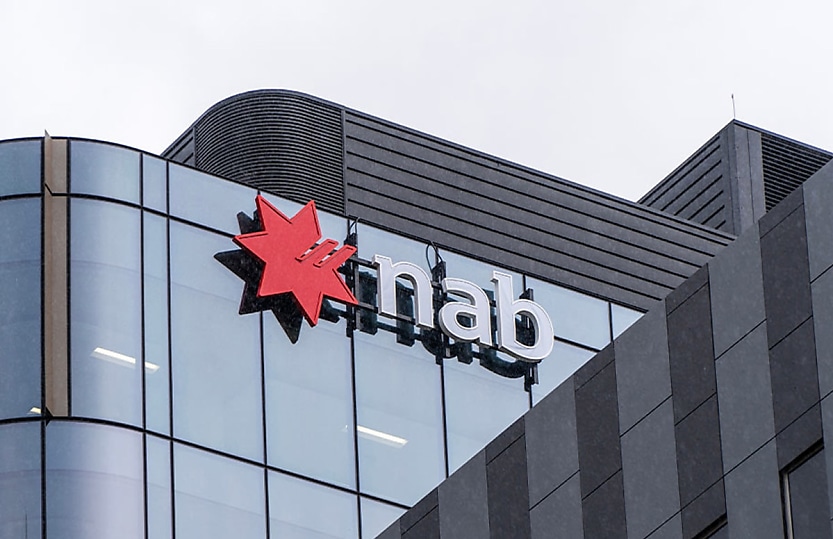Weaker conditions forecast for the rest of 2024, says NAB

A recent report from the big four bank has revealed persistent weak economic activity is likely to continue for the rest of the year as consumers remain uncertain towards spending.
The NAB Forward View report for September has highlighted a decline in private sector activity directly impacted by the “soft consumer.”
NAB said the bank's forecasts are “largely unchanged” in terms of growth, the labour market and inflation.
According to the bank, the slight uptick of 0.2 per cent quarter-on-quarter in national accounts during quarter two was led by the public sector.
During the second quarter, household consumption fell slightly and business dwelling investment made little contribution.
These conditions saw little improvement during quarter three as demonstrated in the monthly business survey for August, as business conditions were measured below average and confidence in negative territory.
In terms of the labour market, the bank forecasted the current unemployment pattern to continue.
NAB said although employment growth has remained positive over the year, the unemployment rate has gradually risen.
“This is very much in line with our expectations for how the labour market would evolve and we expect this pattern to continue for the remainder of the year, taking the employment rate to around 4.5 per cent before growth begins to strengthen in 2025.”
Real household consumption fell 0.2 per cent in the quarter which left year-ended consumption growth weak at 0.5 per cent.
According to data, this decline was driven by a substantial 1.1 per cent quarter-on-quarter fall in discretionary categories such as transport, clothing, hotels, cafes and restaurants.
NAB said households have rebalanced their consumption behaviours back towards essential spending instead of discretionary as inflation and interest rates have “eroded” buying power.
“Easing inflation, tax cuts and energy subsidies will all help to put households in a better position through the second half of 2024 but the early indications of how this will affect consumption are mixed,” it said.
“This aligns with our expectation for some of the boost to incomes to show up as a rise in savings rates at first before consumption strengthens over time.”
“Nonetheless, we see consumption growth eventually normalising especially as rate cuts begin- which we expect in 2025.”
Regarding inflation, NAB has suggested they predict underlying inflation to drop to around 3.5 per cent by the end of the year and 2.5 per cent by the end of 2025.
By 2026, inflation is expected to be firmly within the RBA’s target band.
NAB said the monthly CPI indicator should not be focused on as largely as the quarterly inflation rate.
“While nuanced underlying trends can be gleaned from the monthly indicator, the full quarterly CPI remains the key benchmark for the RBA in assessing inflationary pressure,” NAB said.
Based on the forecasts remaining unchanged, NAB said the RBA should remain on hold until May 2025, yet said they are also aware that the current data flow skews the risk to February.
“We don’t see the RBA as having the full confidence to begin easing by November with a clean read of inflation remaining difficult and the fact it will take some more time for the RBA to become confident that demand and supply have sustainably come back into better balance,” the bank said.
“Ultimately, we see the RBA lowering the cash rate by 125bps to around 3.1 per cent once the board has the comfort that inflation is moving sustainably back towards the middle of the 2-3 per cent target band.”
